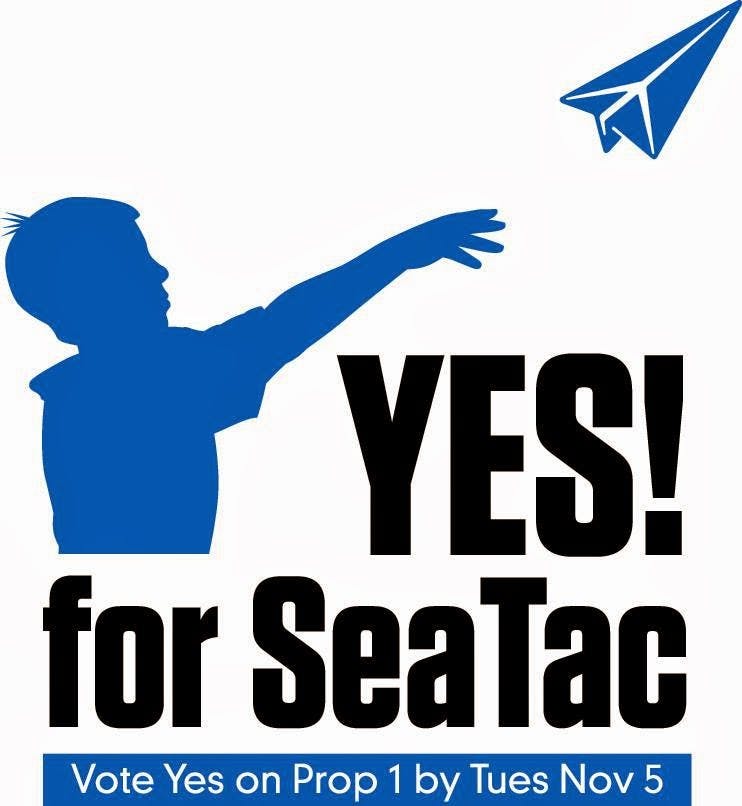Second of two parts
Yesterday, we told you about the City of SeaTac’s novel approach to minimum wage, sick and safe time regulations for employers.
We likened the ordinance to Dante’s famous Circles of Hell. Here, then, is SeaTac’s own version of The Inferno:
- The ordinance prohibits limits on the accrual or use of sick or safe leave.
- An employer is prohibited from requesting certification of illness after absences of three consecutive days or more.
- Employees who work primarily outside of SeaTac but who may work within the city’s boundaries on a regular basis are entitled to paid sick and safe leave — but only hours worked within the city limits count toward their actual accrual.
- An employee can only use the sick and safe time during times they are working within the City of SeaTac.
- The ordinance requires employers to maintain records documenting the hours worked, leave time used, and wages and benefits provided for the affected employees.
- Employers are required to promote full-time employment by offering increased hours to part-time employees before adding additional part-timers to their payrolls.
- The ordinance encourages individual employees and others to file suit to recover money damages and injunctive relief as well as attorney fees and costs.
How this crazy ordinance works in practice
So, what are the practical effects of this law?
Let’s take the case of Bob, a shuttle driver for a large hotel chain who usually works in their Seattle location. Bob is assigned to work in SeaTac on an irregular basis, and those hours must be tracked separately.
For every 40 hours that Bob worked within the city boundaries, he acquires one hour of sick and safe leave. (However, Bob needs to keep careful logs because after he leaves the hotel lot and crosses the Seattle-Tacoma International Airport boundary to do the curbside pick-ups, he’s no longer subject to the city ordinance. I pity any passengers he may leave stranded in his haste to leave the airport as quickly as he can to return to his higher wage rate!)
Bob normally earns $12 an hour, but the minimum wage set by the SeaTac ordinance is $15 an hour. Bob has worked a total of five 8-hour shifts in the last 11 months within SeaTac’s boundaries.
Bob wants to use his accrued one hour of sick leave to visit the doctor. The one hour of sick and safe time is only available to Bob if on the day of his medical appointment he is scheduled to work in SeaTac. If he is unable to use it by the end of the year, he’ll get an extra $15 for it.
Employers beware
The City of SeaTac is adopting regulations to monitor and ensure employer compliance with the new ordinance to make sure it conforms to the voters’ will. As we noted in our last post, it comes with teeth in the form of an affirmative cause of action for injunctive relief, liquidated damages and cost recovery for injured plaintiffs.
It’s pretty hard if you’re an airport-dependent business to just pick up and relocate to avoid coming under this ordinance. Even if you did, the State of Washington already has the highest minimum wage in the nation at $9.32 an hour, and it is considering a statewide increase from there.
The City of Seattle is also eyeing its own ordinance creating a $15 minimum wage. So if you’re an employer in Washington, there are few safe harbors left — Puget Sound notwithstanding.
Miss Part 1? See SeaTac’s New Workplace Ordinance May be Dante’s 9th Circle of Hell
This originally appeared on the GeniusHR blog.
